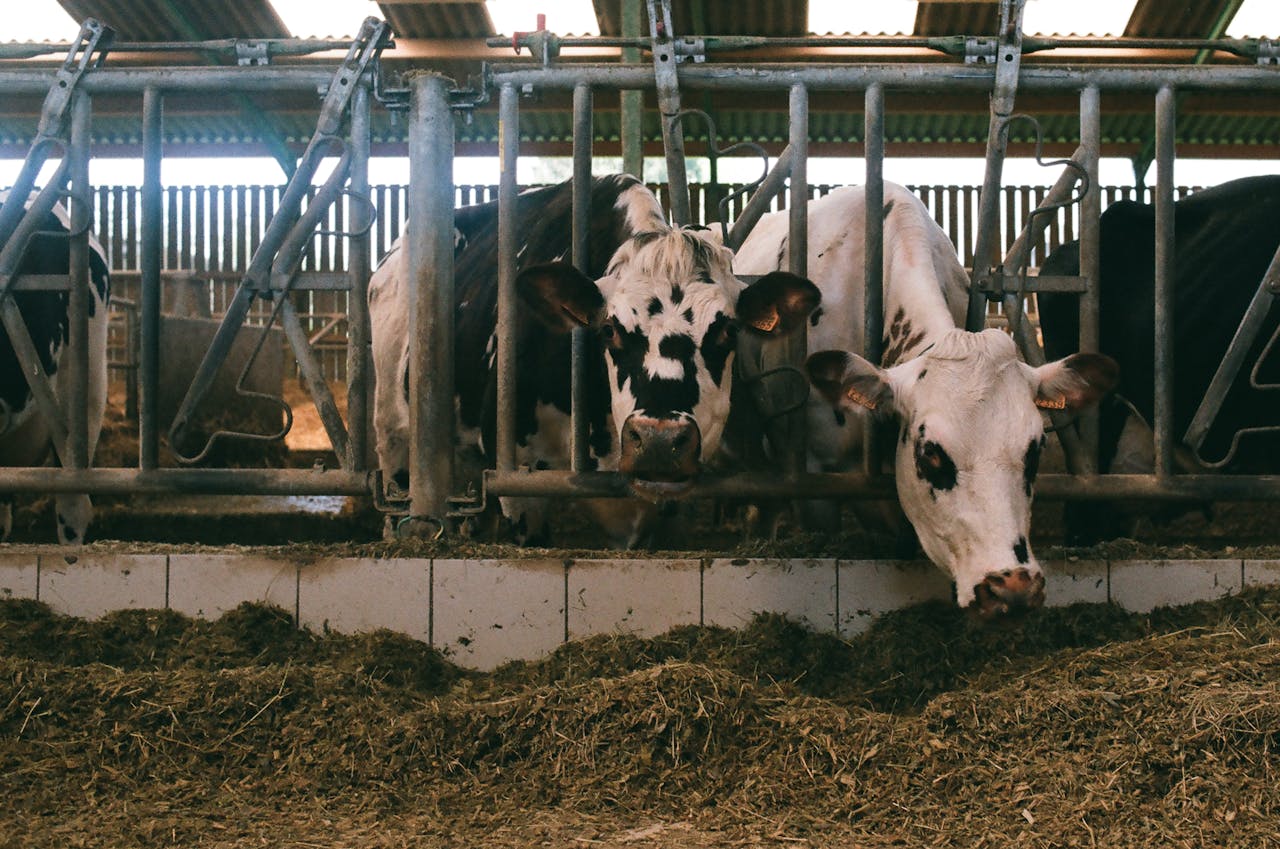Covering everything from the role of medium- and short-chain fatty acids in swine production to the impact of feed efficiency on mortality, performance, and nutrient utilisation, this webinar—held on 9 October—featured leading expert insights on feed efficiency. You can now watch it on demand, free of charge.
CLICK HERE TO WATCH THIS FREE WEBINAR
A novel feed additive based on macro- and medium chain fatty acids
Dr Stevan Petrović is a product manager monogastric at Addcon, he discussed a novel feed additive based on macro- and medium chain fatty acids and its benefits in swine production. He presented Addcon’s plant-based product, pwrPlanz EMC, a highly concentrated product which consists of a mixture of aromatic compounds with medium-chain fatty acids, micro-chain fatty acids and functional fibres.
With the combination of plant extracts we are naturally optimising livestock production by improving the health and performance of the animals.”
The product shows really high efficiency against most commons Gram + bacteria in livestock production, for instance: Streptococcus agalactiae Clostridium perfringens, Staphylococcus aureus. “We all know control of pathogenic bacteria and reduction of mortality is directly related to feed efficiency.” He highlighted that the product was tested against the most common and problematic Gram+ pathogenic bacteria in swine production, Streptococcus suis, with good results. To control bacteria which is highly resistant to antibiotics, pwrPlantz EMC can easily be a solution, leading to a better health status and boosting immunity response, he pointed out.
An algoclay complex can help improve digestive efficiency
 Anne-Cécile Jutten, a product manager at Olmix, talked about how an algoclay complex can help improve digestive efficiency. She kicked off the discussion with saying that feed efficiency is still a challenge. Considering production costs, feed represents 70% of production costs and 25% of swine diets are indigestible – it’s a loss of money and resources. She posed the question – what can we do with this situation if feed represents the largest economic and environmental costs? Olmix’s approach to this, is a natural solution based on clay and seaweed extract the technology is– Olmix Exfoliated Algoclay (OEA). The benefits of OEA include: stabilisation of digestive enzymes in the gut so more is available to the animal, activation of more enzymes, increase the contact between feed and activated enzymes – which is a way to increase the digestibility of the feed and optimise digestion.
Anne-Cécile Jutten, a product manager at Olmix, talked about how an algoclay complex can help improve digestive efficiency. She kicked off the discussion with saying that feed efficiency is still a challenge. Considering production costs, feed represents 70% of production costs and 25% of swine diets are indigestible – it’s a loss of money and resources. She posed the question – what can we do with this situation if feed represents the largest economic and environmental costs? Olmix’s approach to this, is a natural solution based on clay and seaweed extract the technology is– Olmix Exfoliated Algoclay (OEA). The benefits of OEA include: stabilisation of digestive enzymes in the gut so more is available to the animal, activation of more enzymes, increase the contact between feed and activated enzymes – which is a way to increase the digestibility of the feed and optimise digestion.
The algoclay complex helps improve digestive efficiency by activating more enzymes and increasing feed digestibility,”
A trial with pigs at INRAe evaluated the capacity the algoclay complex to increase Ileal digestibility of nutrients in pigs. Results showed an improvement in energy digestibility, dry matter intake, organic matter and protein. It also improved digestibility of amino acids. She also discussed the benefits shown in the field with algoclay complex and added that studies show “it is very economically efficient.” The natural solution can be used for all monogastric species – swine and poultry, usable in feed and premix. The product has two main applications – firstly to support growth performance (improved FCR, environmental impact reducing C02 emissions), and secondly to manage feed costs (studies show the release of around 55kcal of net energy and 3% protein and amino acids leading to benefits per tonne of feed. From environmental impact it shows reduction of C02 per kg of feed.)
CLICK HERE TO WATCH THIS FREE WEBINAR
Improving feed efficiency in pigs: practical insights from nutrition.
 Xiaonan Guan, researcher swine nutrition at Schothorst Feed Research (SFR)
Xiaonan Guan, researcher swine nutrition at Schothorst Feed Research (SFR)
gave a presentation on improving feed efficiency in pigs: practical insights from nutrition.
She started the discussion with the factors impacting feed efficiency and also looked at developments in growth performance of grower-finisher pigs in the Netherlands over the past 10 years. “With modern genetics is different from 5-10 years ago, we need to see what is really needed in how we feed animals. Animals are getting heavier when going to market – with this in mind she looked at phase feeding, nutrient requirement of modern pigs, on-farm practices.
Animals will get less efficient with age, they will have a shift during the growth and they deposit the margin of protein more in their earlier life than later when they have higher potential to deposit fat.”
In one particular trial carried out by SFR emphasised that in current modern pig genetics she said added that “energy is less important than SID lysine efficiency or amino acid supply because they need AA and protein to build up muscle mass in the body.” But how much is needed by the animals? With different growth levels and various SID lysine inputs were shown, it indicated a clear picture of the responses of the pigs during the studies. It is important to look at the requirements of the current genetics and be as precise as possible to support those high potential animals and on-farm level and it is important to implement the knowledge on this, she said.


